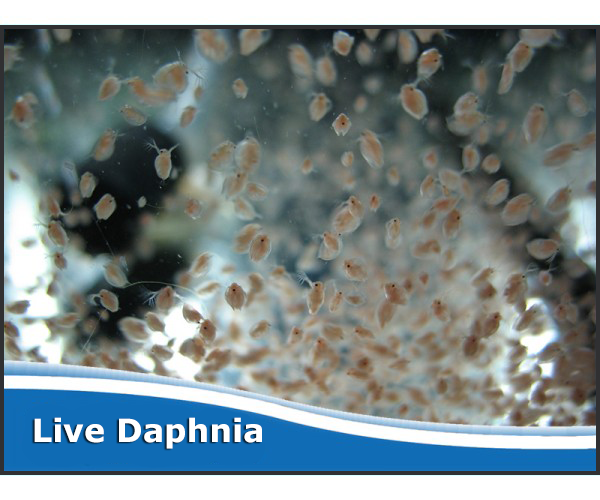Daphnia are small, freshwater crustaceans that are often used as live food for fish. However, these tiny creatures have a much bigger impact on the aquatic ecosystem than one might think. In this article, we’ll explore the world of daphnia, including their biology, ecological importance, and uses in research.
Biology of Daphnia
Daphnia belong to the class Branchiopoda, which includes other small crustaceans such as fairy shrimp and water fleas. They are typically less than 5mm in length and have a translucent body that allows for easy observation under a microscope. Daphnia have a simple body plan, with a head, thorax, and abdomen. They have two antennae and a single compound eye, which is sensitive to light and dark but cannot form images.
Daphnia are filter feeders, using a set of specialized appendages called thoracic limbs to create a water current that brings in small particles such as algae and bacteria. They also have a second set of appendages called abdominal limbs that help with locomotion and reproduction. Speaking of reproduction, daphnia have an interesting reproductive strategy in which females can produce both sexually and asexually. In the absence of males, females can produce clones of themselves via a process called parthenogenesis.
Ecological Importance of Daphnia
Daphnia are an important part of the freshwater food web, serving as a primary consumer that feeds on algae and bacteria. They are then eaten by a variety of organisms, including small fish, insects, and other crustaceans. This makes them a crucial link in the transfer of energy between primary producers (algae) and higher trophic levels.
In addition to their role as prey, daphnia also have an impact on their environment through their feeding behavior. As filter feeders, they can remove large quantities of algae and bacteria from the water, which can help to regulate water quality and clarity. Daphnia can also consume toxic cyanobacteria, which can be harmful to other aquatic organisms.
Uses of Daphnia in Research
Due to their small size, transparency, and rapid reproduction, daphnia have become a popular model organism in scientific research. They have been used to study a wide range of topics, including toxicology, ecology, and evolution. For example, researchers have used daphnia to test the toxicity of chemicals and pollutants, as well as to study the effects of environmental stressors such as temperature and pH on aquatic organisms.
In conclusion, daphnia may be small, but they play a big role in the freshwater ecosystem. As primary consumers and filter feeders, they have an impact on water quality and serve as an important food source for a variety of organisms. Their use in research has also contributed to our understanding of aquatic ecology and toxicology. So next time you see a swarm of tiny crustaceans in your local pond or lake, take a moment to appreciate the important role they play in the ecosystem.
Daphnia starter cultures are available for purchase in our online store. Click here to order live Daphnia culture online.



